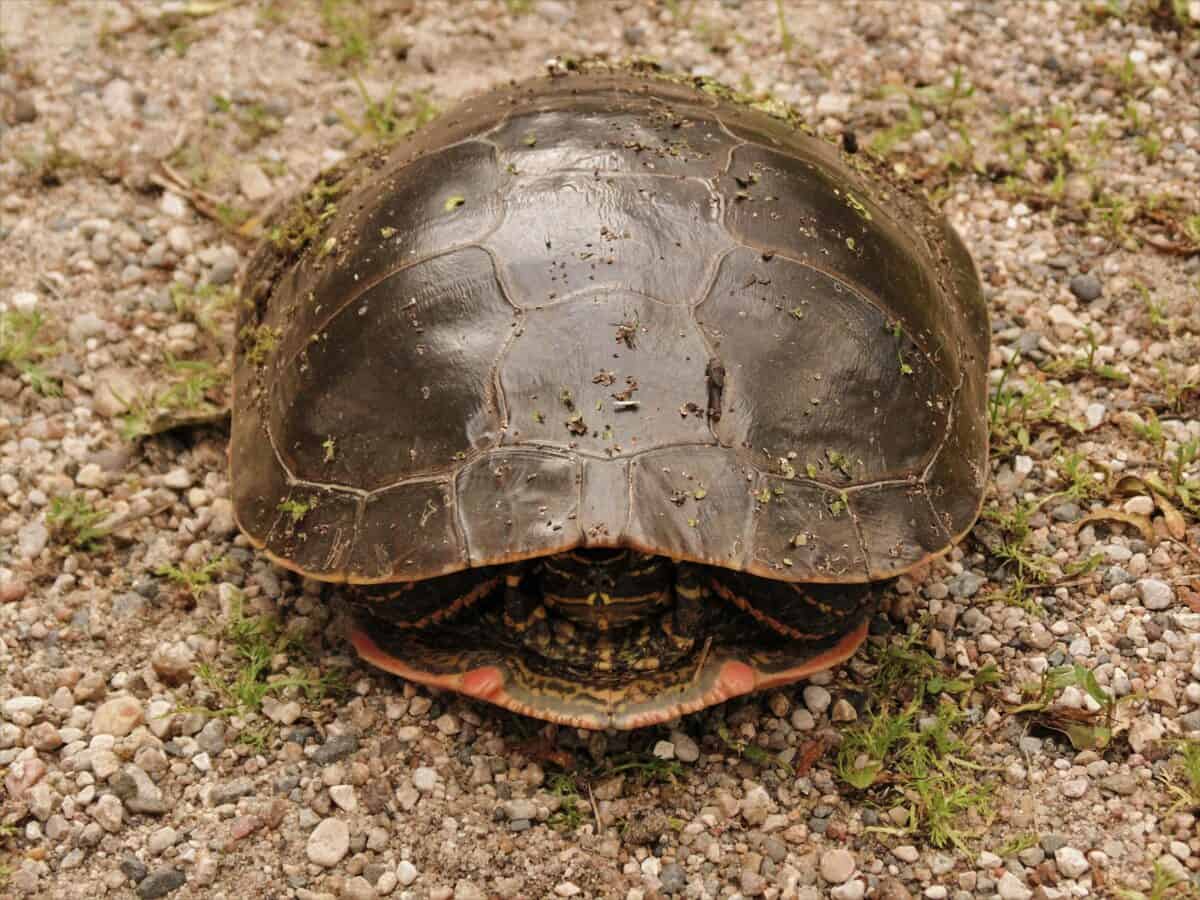In winter 2023, a remarkable story circulated about a turtle in Minnesota that reportedly survived being completely frozen in a pond. The tale captivated animal lovers and scientists alike, raising fascinating questions about cold-weather adaptations in reptiles. While turtles are known for their impressive survival mechanisms, could one truly endure being “frozen solid” as claimed? This article explores the science behind turtle cold-weather survival, examines the specific case that made headlines, and separates fact from fiction about these resilient reptiles’ extraordinary abilities to withstand frigid conditions.
The Viral Minnesota Turtle Story
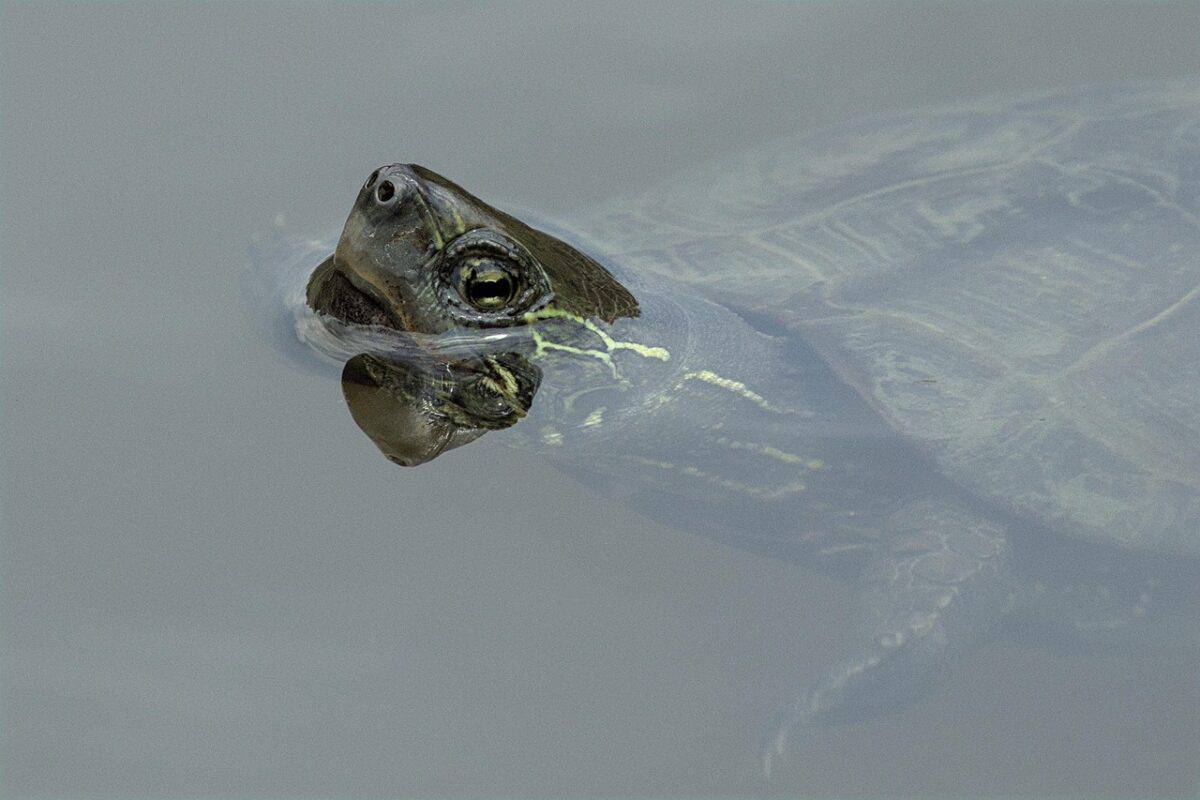
In January 2023, a wildlife rehabilitation center in Minnesota shared photos of what appeared to be a completely frozen painted turtle that had been discovered in a shallow pond. According to the initial reports, the turtle was found encased in ice with its limbs extended, seemingly frozen solid. The center reported that after careful thawing, the turtle began showing signs of life and eventually fully recovered. The story quickly captured public imagination, with many outlets reporting it as a miraculous case of a turtle surviving complete freezing. The images were particularly striking, showing a turtle-shaped ice sculpture that later transformed into an active, living reptile.
Understanding Turtle Cold-Weather Adaptations
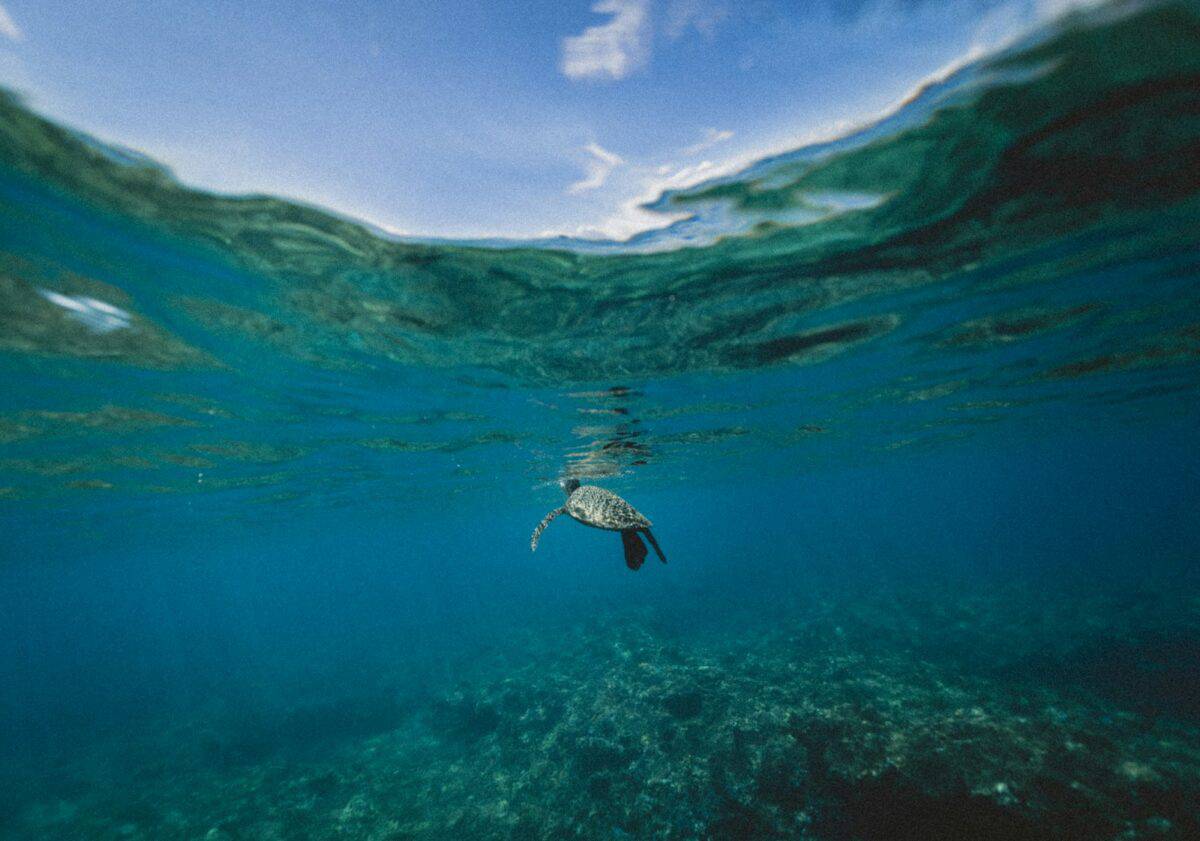
Turtles are ectothermic (cold-blooded) reptiles whose body temperature is regulated by their environment. When winter approaches in temperate climates, aquatic turtles typically enter a state called brumation – a reptilian equivalent to hibernation. During brumation, their metabolism slows dramatically, heart rate decreases to as little as one beat every 10 minutes, and they can survive for months without food. Most aquatic species settle into the mud at the bottom of ponds or lakes where temperatures remain above freezing. Some species have evolved extraordinary adaptations that allow them to survive even when water temperatures drop below freezing, but these adaptations are highly specialized and vary significantly between species.
The Science of Freeze Tolerance vs. Freeze Avoidance

In cold-weather survival, animals employ two main strategies: freeze tolerance and freeze avoidance. Freeze-tolerant species can survive having a portion of their bodily fluids turn to ice, while freeze-avoiding species have mechanisms to prevent ice formation in their tissues. Among North American turtles, only a handful of species exhibit true freeze tolerance, with the painted turtle (Chrysemys picta) being the most well-studied example. However, even these species aren’t truly “frozen solid” in the literal sense. Their vital organs and a significant portion of their bodily fluids remain unfrozen thanks to biological antifreeze compounds. The distinction between partial freezing (which some turtles can survive) and complete freezing (which would be fatal) is crucial for understanding the limitations of their cold-hardiness.
How Painted Turtles Survive Winter

Painted turtles, the species involved in the Minnesota case, are among North America’s most cold-hardy reptiles. Research has shown that painted turtles can survive when up to 65% of their body water freezes. They accomplish this remarkable feat through several adaptations. Their liver produces glucose and glycerol that act as natural antifreeze compounds in the blood. These compounds prevent complete ice formation in vital organs while allowing peripheral tissues to freeze partially. Additionally, painted turtles can engage in anaerobic respiration (producing energy without oxygen) for extended periods – up to several months – allowing them to survive in oxygen-depleted environments under ice. Hatchling painted turtles are even more impressive, having evolved to withstand their body temperatures dropping as low as 23°F (-5°C) for weeks at a time.
What Happens to a Turtle During Freezing
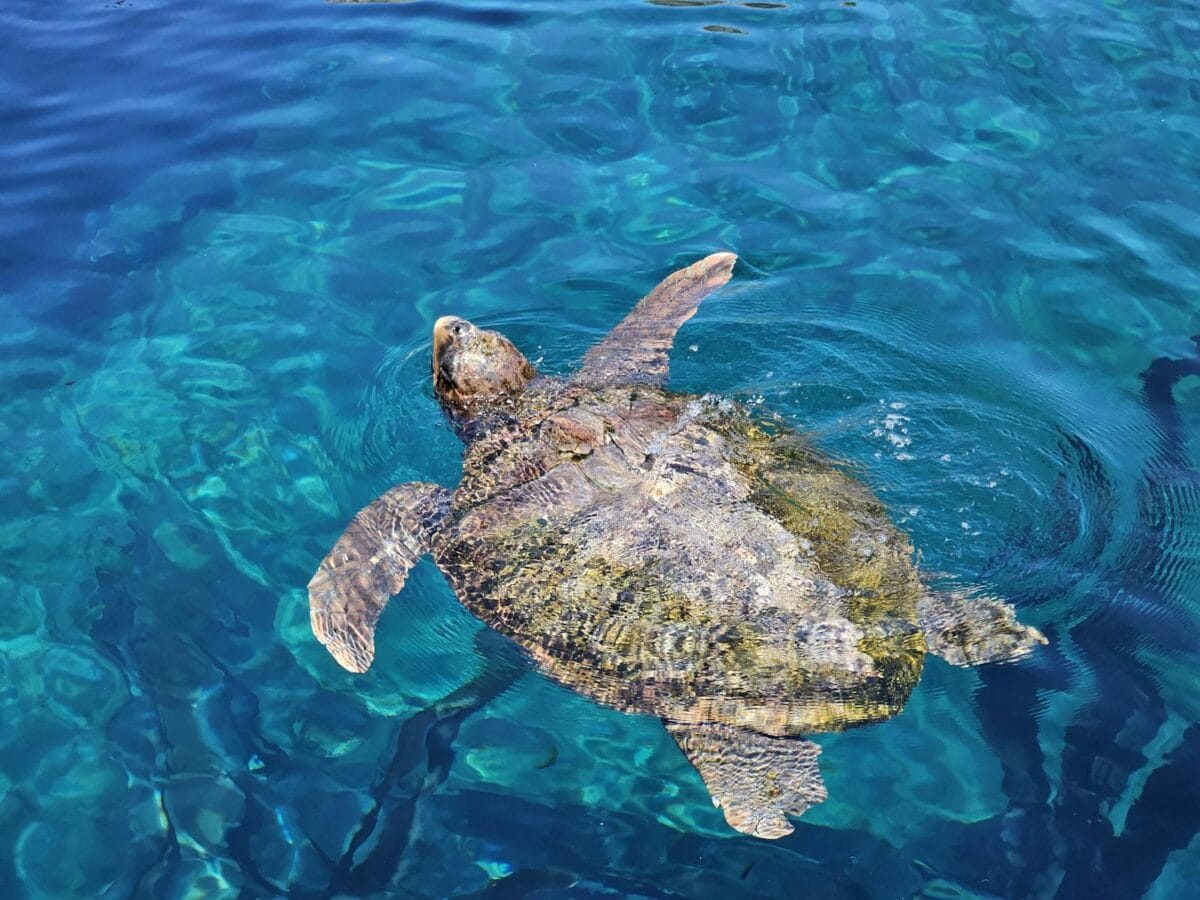
When a painted turtle experiences freezing conditions, a carefully orchestrated physiological process begins. Ice typically forms first in the body cavity and subcutaneous tissues (those just beneath the skin), while the turtle’s vital organs remain protected longer. The animal’s heartbeat slows dramatically, potentially becoming undetectable without specialized equipment. Brain activity reduces to minimal levels. Blood flow becomes severely restricted as peripheral vessels constrict and some bodily fluids crystallize. However, cells in vital organs remain protected by high concentrations of glucose and other cryoprotectants. The turtle appears completely immobile and unresponsive, giving the impression of being “frozen solid,” but internally, critical biological processes continue at extremely low rates. This state of suspended animation allows the turtle to survive until environmental temperatures rise again.
The Truth Behind the Minnesota Case

Examining the Minnesota turtle case more closely reveals important nuances. Wildlife experts who later reviewed the incident suggested that while the turtle was certainly in a severe state of cold-induced torpor, it was unlikely to have been completely frozen through as initially reported. The extended limbs – unusual for a brumating turtle – suggest the animal may have become trapped while active, perhaps during a brief warm spell before temperatures plunged again. Veterinarians specializing in reptiles pointed out that complete freezing of a turtle’s internal organs and brain would cause irreversible cell damage through ice crystal formation. What likely occurred was extensive peripheral freezing while the core body maintained minimal unfrozen function. The turtle’s remarkable recovery still demonstrates the species’ extraordinary cold-tolerance mechanisms, but illustrates how easily these complex physiological states can be misinterpreted.
Similar Documented Cases of Extreme Cold Survival

The Minnesota turtle isn’t the only case of remarkable cold survival among reptiles. Researchers have documented numerous instances of painted turtles surviving partial freezing in laboratory and natural settings. In 2016, a study published in the Journal of Experimental Biology confirmed that juvenile painted turtles could recover after having 50% of their body water converted to ice. Similarly, in northern Canada, western painted turtles have been found to survive winter temperatures that frequently drop below -20°F (-29°C) by utilizing shallow, ice-covered ponds. Wood frogs provide another fascinating example of cold-hardiness in amphibians – they can survive having up to 65-70% of their body water freeze solid, with their hearts completely stopping. These documented cases help establish the boundaries of what’s biologically possible and provide context for evaluating claims of extreme freezing survival.
The Limitations of Turtle Freeze Tolerance
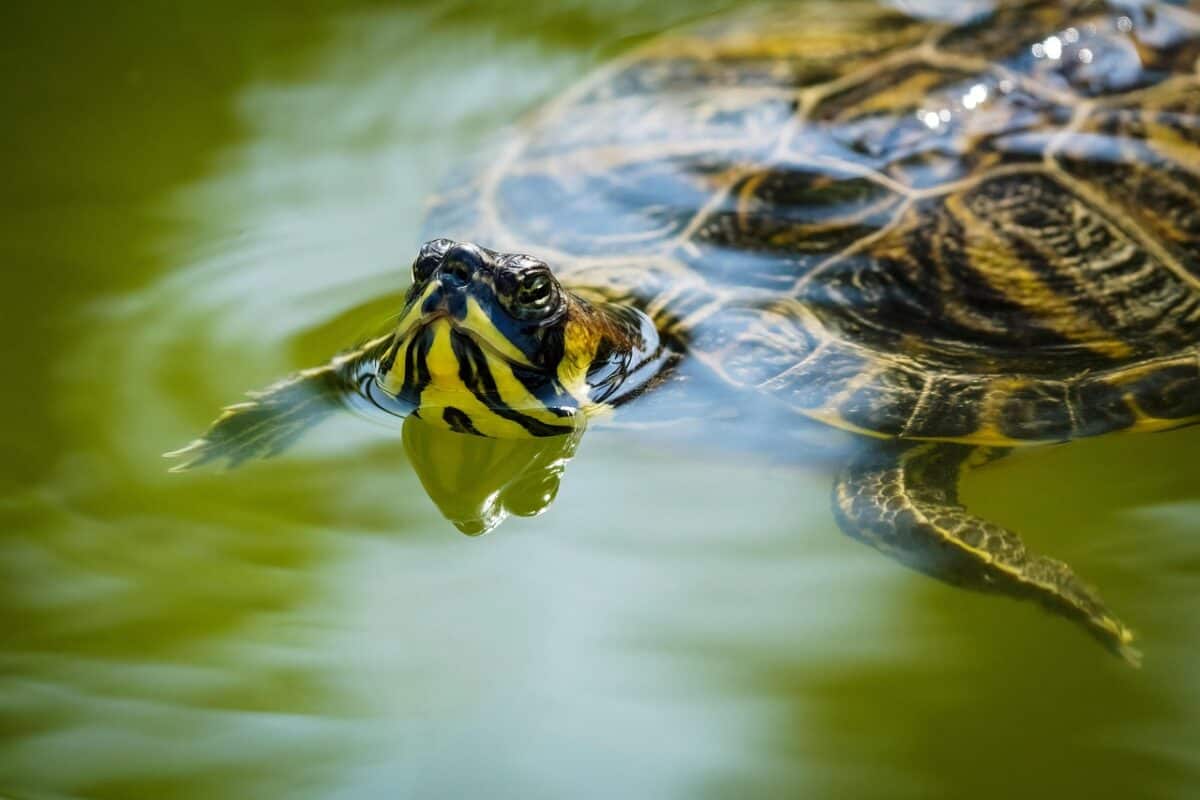
Despite their impressive adaptations, turtle freeze tolerance has clear biological limitations. Research has established that complete freezing of a turtle’s brain, heart, and other vital organs would cause irreversible damage through cell membrane rupture and protein denaturation. Even freeze-tolerant species like the painted turtle can only survive when certain portions of their bodies freeze while critical areas remain protected. Factors that determine survival include the rate of freezing (slower is better, allowing time for protective mechanisms to activate), the minimum temperature reached, and the duration of freezing. Extended periods below certain temperature thresholds will eventually overcome even the most robust cold-hardiness adaptations. Additionally, repeated freeze-thaw cycles can be particularly stressful and potentially fatal as they deplete the turtle’s energy reserves and can cause cumulative tissue damage.
Other Cold-Weather Champions in the Animal Kingdom

Turtles aren’t the only animals with impressive cold-survival strategies. The animal kingdom features numerous cold-weather champions that employ various mechanisms to survive freezing conditions. The Arctic ground squirrel can supercool its body to 26.6°F (-3°C) without freezing during hibernation. Certain insects like the Alaskan beetle produce antifreeze proteins that prevent ice formation in their tissues, allowing them to survive temperatures as low as -94°F (-70°C). The wood frog, perhaps the most freeze-tolerant vertebrate, can have up to 65-70% of its body water turn to ice, essentially becoming a “frogsicle” with no heartbeat or respiration for weeks. These diverse cold-hardiness strategies represent evolutionary solutions to seasonal challenges, each with their own limitations and specialized applications, providing context for understanding the significant but constrained freeze tolerance of certain turtle species.
Climate Change Impacts on Turtle Cold Adaptations
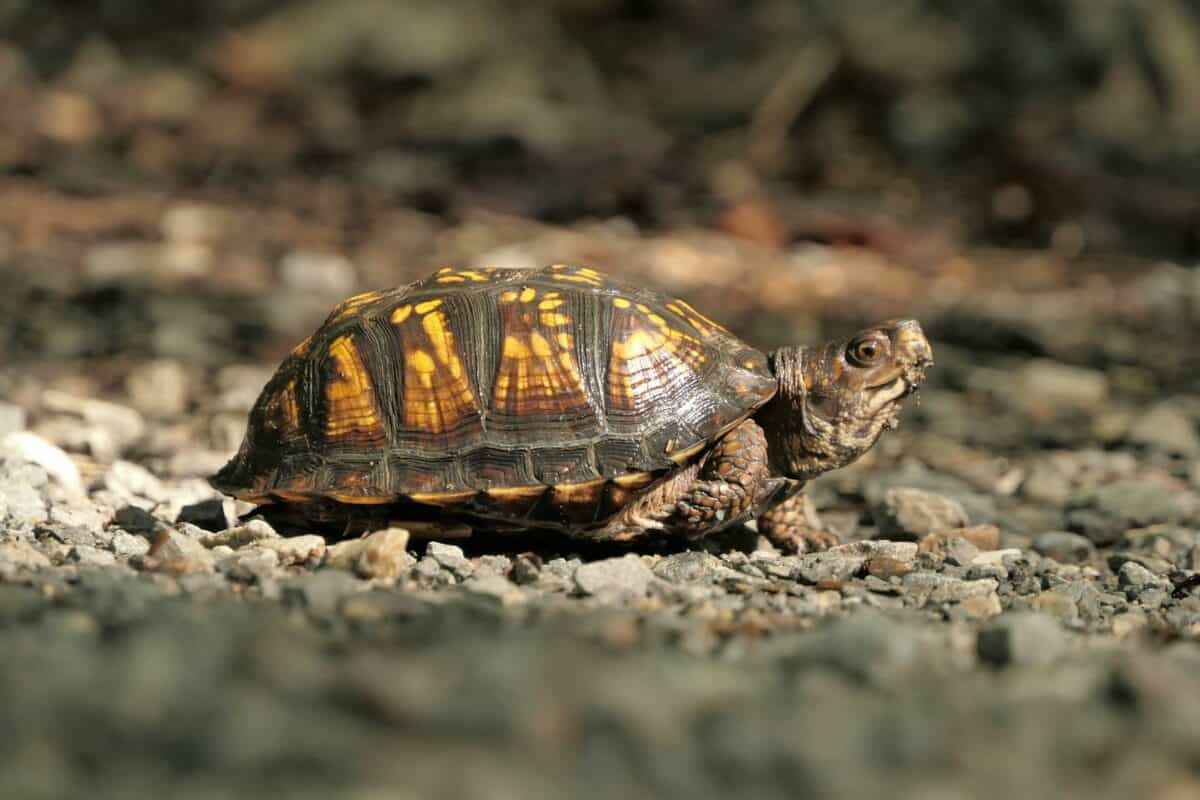
Climate change presents new challenges for cold-adapted turtles. While it might seem beneficial for cold-sensitive species to experience milder winters, unpredictable weather patterns can be dangerous. Unseasonable warm spells may trigger premature emergence from brumation, depleting energy reserves if cold temperatures return suddenly. Reduced ice cover on northern ponds affects oxygen levels and temperature stability underwater. For species like painted turtles whose sex is determined by incubation temperature, warming climates are already skewing population sex ratios toward females. Additionally, more frequent freeze-thaw cycles – increasingly common in changing climates – are particularly stressful for turtles, as each cycle requires significant physiological adjustments that deplete energy reserves. These factors combine to make climate change a significant concern for the long-term survival of freeze-tolerant turtle populations.
What to Do If You Find a Frozen Turtle

Finding what appears to be a frozen turtle requires careful action. First, determine if intervention is necessary – many aquatic turtles naturally brumate underwater in winter and should not be disturbed. If a turtle is found on land encased in ice or frozen soil during winter, it likely represents an emergency situation. In such cases, the turtle should be very gradually warmed. Place it in a container with room temperature (not warm) water just deep enough to cover the bottom of its shell. Transport it immediately to a wildlife rehabilitation center or exotic animal veterinarian. Never use hot water or heating pads, as rapid thawing can cause severe tissue damage through thermal shock. Do not attempt to chip ice away from the turtle, as this could cause injury. Remember that even apparently lifeless turtles may be alive but in a state of severe torpor, with minimal vital signs that are difficult to detect without specialized equipment.
Conclusion: The Remarkable Truth About “Frozen” Turtles
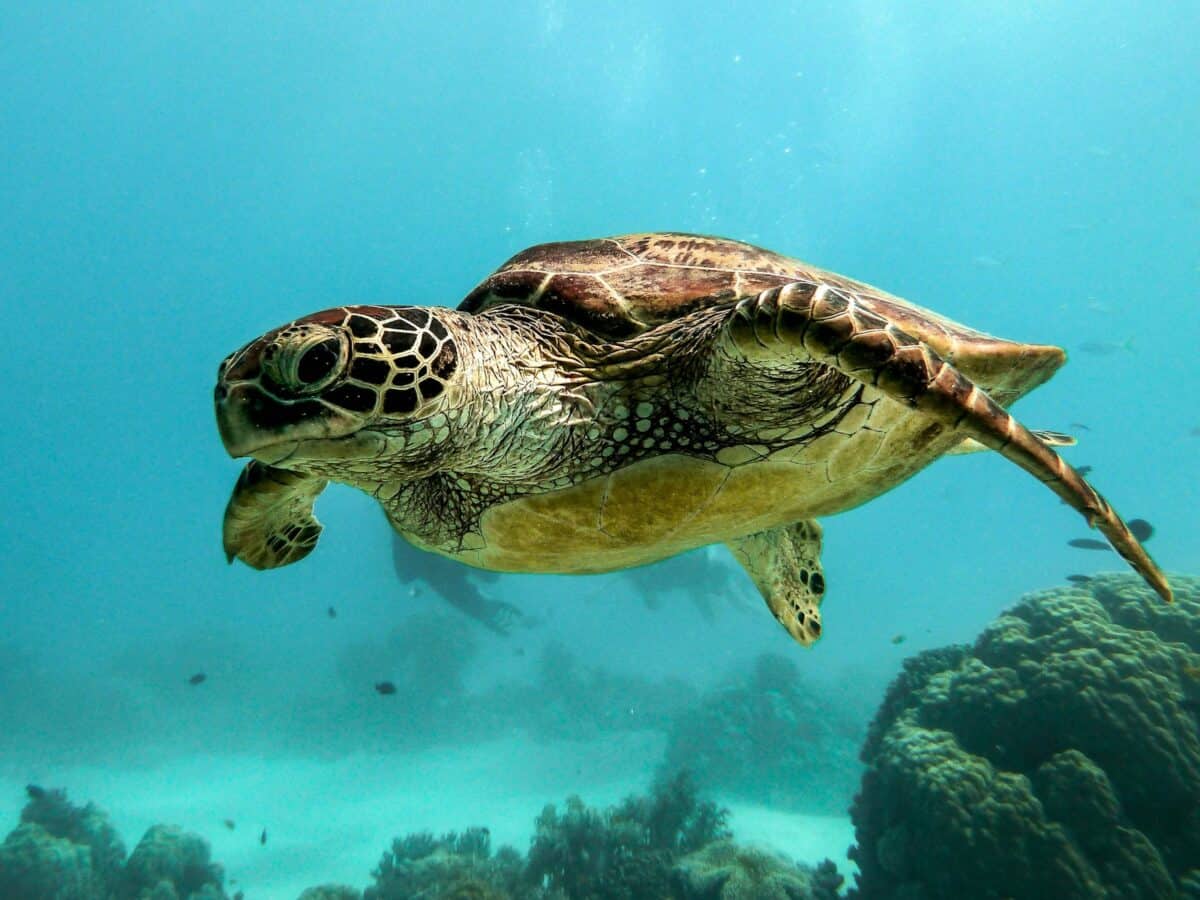
The tale of the Minnesota turtle that seemingly survived being frozen solid represents a fascinating intersection of biological reality and popular misconception. While painted turtles and a few other species have evolved truly remarkable adaptations for surviving partial freezing, no vertebrate animal can survive having its entire body, including vital organs, completely frozen solid. What appears to human observers as a “completely frozen” turtle is actually experiencing a complex physiological state where peripheral tissues may freeze while core organs remain protected by specialized biochemical adaptations. These natural antifreeze mechanisms, combined with the ability to survive without oxygen for extended periods, allow certain turtle species to endure winter conditions that would be fatal to most other reptiles. The painted turtle’s cold-hardiness represents one of nature’s most impressive survival adaptations, a testament to the extraordinary solutions that evolution can produce in response to environmental challenges.
- How Penguins Take Turns at Sea and Nest to Raise Chicks - August 9, 2025
- Dolphin Brains Compare to Those of Apes and Humans - August 9, 2025
- 14 Cutting-Edge Biotech Innovations That Will Shape the Future - August 9, 2025

